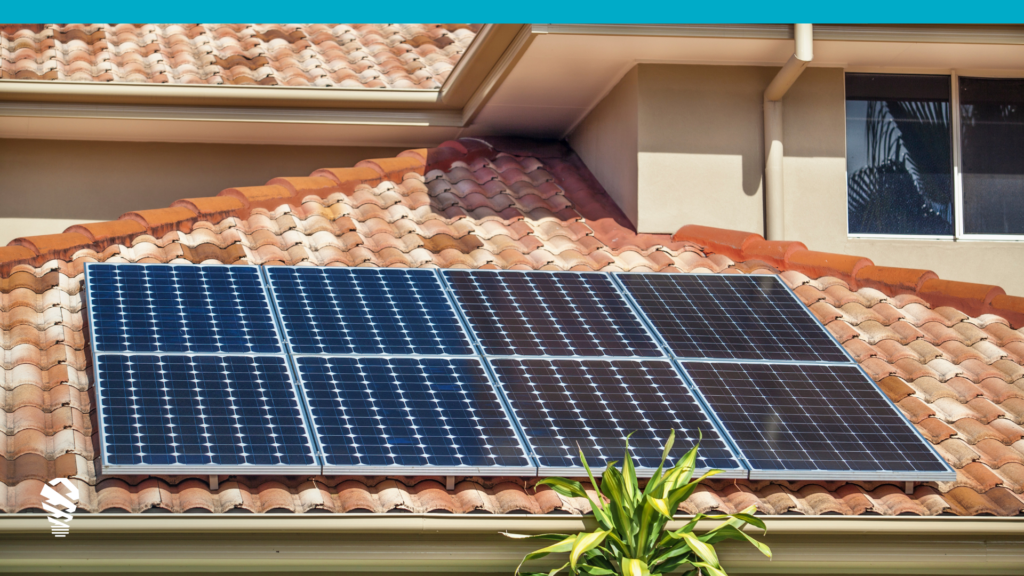The solar industry across the United States has faced significant disruptions due to changes in net metering policies. Originally spotlighted in California with the implementation of Net Metering 3.0 (NEM 3.0), these policies drastically reduced the compensation solar customers receive for surplus energy exported back to the grid. This shift has led to substantial job losses in the solar industry and made calculating the return on investment of a residential PV system more difficult across impacted states. Despite these challenges, solar companies are finding innovative ways to adapt to evolving conditions.
What is Happening with NEM 3.0 in California?
California’s solar industry has faced a turbulent time following the implementation of net metering 3.0 (NEM 3.0). This new legislation significantly reduced the compensation solar customers receive for the surplus energy they export back into the grid.
As a result, the industry has witnessed substantial job losses and a sense of uncertainty about the future of residential solar. Bernadette Del Chiaro, executive director of the California Solar and Storage Association, posed a critical question: “Who will survive this? How many businesses can withstand this transition?” Despite these challenges, some solar companies are finding innovative ways to thrive under the new conditions.
We’ve done the research and pulled together the solutions that top solar companies are using to navigate Net Metering.
Adapting with Leasing and Power Purchase Agreements (PPAs)
In response to high interest rates and the upfront costs of solar installations, companies are increasingly turning to leasing and PPAs. These financial arrangements enable customers to install solar panels with little to no upfront costs, with the solar companies retaining ownership of the systems. This not only makes solar more accessible but also aligns with the financial realities of many households, making it an attractive option despite the reduced benefits of net metering.
Pre-Installation Site Condition Photos
Before any work begins, photos are required to document the condition of the installation site. This includes images of the roof, ground area, or other locations where the panels will be installed. These photos help assess the suitability of the site and ensure that any pre-existing issues are noted and can be addressed.
Installation Progress Photos
Throughout the installation process, periodic photos must be taken to document the progress. These might include:
- Images of the mounting system installations.
- Wiring before it is concealed.
- Placement of the panels on the mounts.
These photos serve as proof that the installation adheres to agreed specifications and safety standards.
Completion Photos
Once the installation is complete, a comprehensive set of photos is required to show the finished system from various angles. This often includes:
- Overall shots of the completed array.
- Close-ups of the panels, mounting systems, inverters, and connections.
- Meter setup and its integration with the existing electrical system.
Thermal Imaging Reports
For some agreements, especially those that include maintenance terms, thermal imaging photos might be required after installation. These photos are used to verify the proper functioning of the panels by identifying hot spots or other issues that indicate defects or potential failures in the system.
Maintenance and Repair Documentation
If maintenance or repairs are necessary during the lease or PPA term, photographic documentation of the issues before and after the repair can also be required. This ensures all parties are informed about the system’s condition and the quality of the maintenance work performed.
As leasing and Power Purchase Agreements (PPAs) become more prevalent in the solar industry, the necessity for rigorous documentation for financing purposes has never been more crucial. Automated drone flights, such as those provided by IMGING Flight, are revolutionizing this process by minimizing human error and enhancing the precision of documentation. This technology is vital because financiers withhold milestone payments until they approve the submitted photos, which must meet high standards. Solar companies can efficiently produce detailed and accurate photographic records, speeding up the approval process and ensuring timely funding disbursement.
Emphasizing Energy Storage Solutions
One of the most effective strategies solar companies have adopted is the increased integration of energy storage solutions. Energy storage systems allow homeowners to store excess solar energy instead of sending it back to the grid, providing a way to maximize their investment and maintain energy independence. The attachment rate of solar storage systems has been climbing, as they offer a hedge against the diminished returns of NEM 3.0 by allowing consumers to use more of their solar power during peak times when grid electricity is most expensive.
The integration of energy storage systems into solar projects is a smart move in today’s energy market, where maximizing the utility of generated solar power is increasingly important. By storing excess energy, homeowners can not only decrease their dependence on the grid but also ensure they have a reliable energy supply during outages or periods of high demand. This makes solar systems with integrated energy storage a more attractive option for consumers, enhancing the overall value proposition of solar investments.
Compliance with Municipal Regulations:
Municipalities often have specific requirements regarding the installation heights of solar equipment. IMGING Flight addresses this by providing a 3D model and measurements of the property. This allows for accurate documentation of the height and placement of installed batteries, ensuring compliance with diverse city regulations and providing detailed reports for verification.
Market Diversification
Another strategic response has been market diversification. Some companies are reducing their exposure to states that are implementing net metering. As a result, companies are expanding operations into other states with more favorable solar policies. This geographical diversification helps stabilize revenue streams and protects companies from being overly dependent on the regulatory whims of a single state.
Which States Are They Going to Instead?
In response, solar companies are exploring opportunities in states with emerging solar markets or more favorable regulatory frameworks:
- Texas: Known for its vast energy market, Texas offers substantial opportunities for solar growth. The state has been rapidly increasing its renewable energy capacity and offers a business-friendly environment with lower costs.
- Florida: Florida has strong solar potential and has been making strides in solar policy and incentives. It offers a growing market with high demand for renewable energy solutions.
- Virginia: Recent legislation in Virginia has committed to significant investments in renewable energy, including solar. This makes it an attractive destination for solar companies looking for new growth opportunities.
- Arizona: With its abundant sunshine and increasing support for solar from state policies, Arizona continues to be a strong market for solar companies, despite being relatively established.
By expanding their operations into different states, solar companies can create more stable income and become less reliant on the unpredictable regulations of any single state. By diversifying geographically, these companies can stay competitive, adapt to the broader solar energy trends, and secure their long-term success in a constantly evolving industry.
Industry Outlook
Despite challenges like the changes to Net Metering 3.0, there’s still good news for the solar industry. Industry experts, including Zoë Gaston from Wood Mackenzie, predict that the national residential solar market will grow by 15% by 2025. This optimism is fueled by high electricity rates in many parts of the U.S., which make solar a cost-effective option for many homeowners. Essentially, as long as electricity remains expensive, solar power will continue to attract homeowners looking to save on their energy bills.
The Inflation Reduction Act has given a big boost to the solar industry’s future. Thanks to the long-term tax incentives and support for manufacturing included in the Act, we’re now expecting to see a 38% increase in solar installations over the next five years, compared to what was predicted before the Act passed. This is great news because it means more certainty and more growth for solar energy in the U.S.
Conclusion
Despite the significant hurdles introduced by Net Metering, which drastically cut compensation for surplus solar energy returned to the grid, solar companies are navigating a new path forward. Successful companies are embracing innovative strategies such as integrating energy storage solutions, allowing homeowners to store excess solar energy, and utilizing it during peak utility periods to maximize their investment. In addition, the adoption of leasing and Power Purchase Agreements (PPAs) is broadening access to solar power by reducing upfront costs, making solar energy more attainable for many households. Solar companies are also expanding their reach, entering states with more favorable solar policies like Texas and Florida, which helps stabilize their operations and reduce dependency on a single state’s market.








